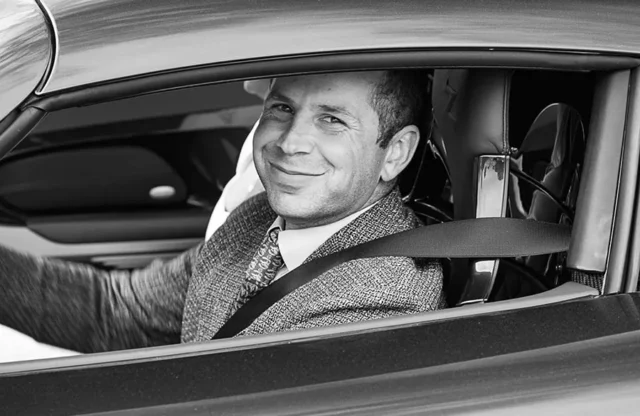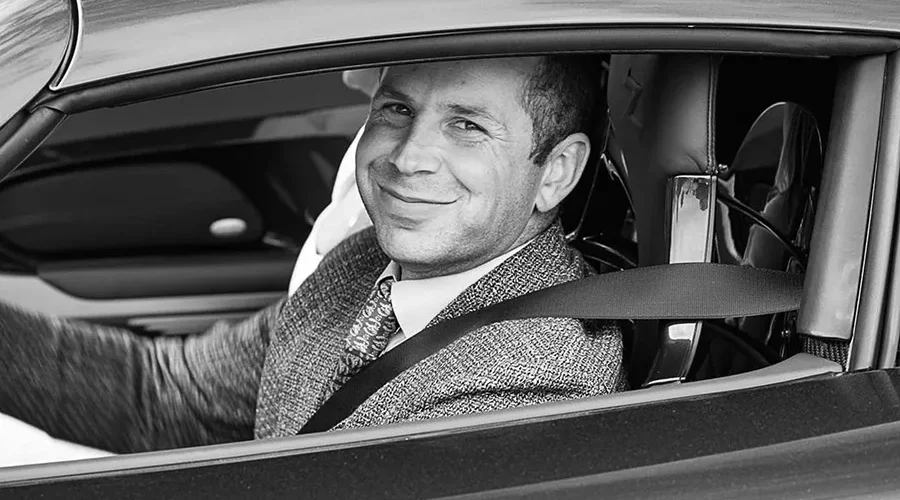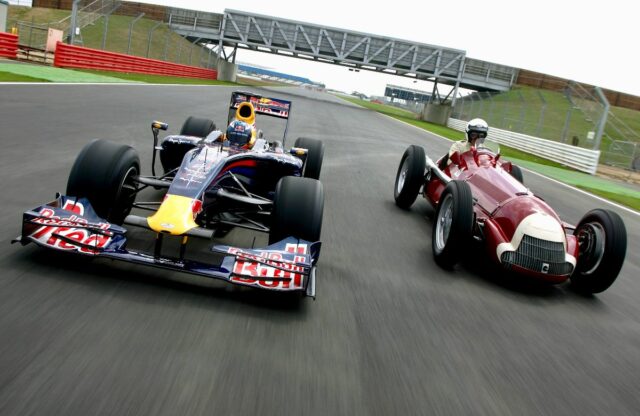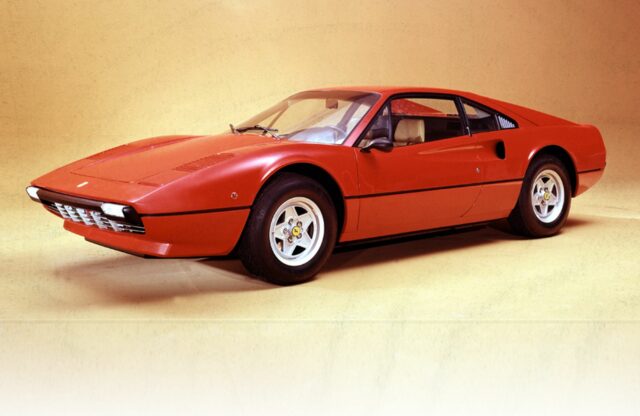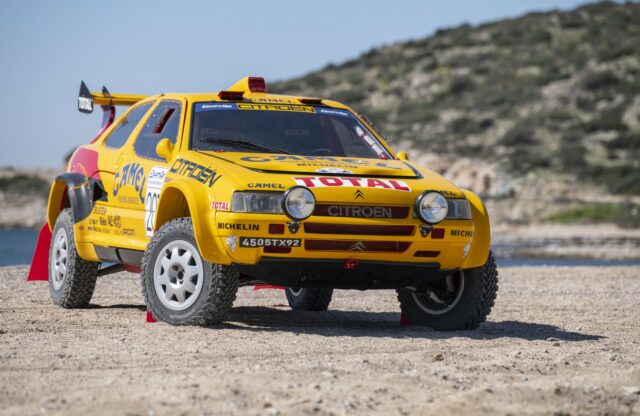“The interesting thing is that this doesn’t really happen in our classic car world,” Christoff Cowens beams as we begin our telephone conversation. His buoyant tone is understandable, because the ‘this’ he is referring to is that he is the first person ever to be promoted to partner at Fiskens, the London-based and world-renowned collector car dealer. That proprietor Gregor Fiskens personally promoted Cowens only adds to the significance of his new role.
“I genuinely hope off the back of this that more people do it,” Christoff continues. “I think it’s amazing, not just for me but for Gregor and his business, too. Unfortunately, so many great businesses haven’t made a move such as this, and the company simply eventually dies with the person who founded it. This means Fiskens becomes even more of a brand and can keep growing into the future.”
Christoff’s journey to partner has been far from conventional. His career began not in an office but in a workshop, immersed in hands-on work as a panel beater and restorer, which helped incubate his passion for classic cars.
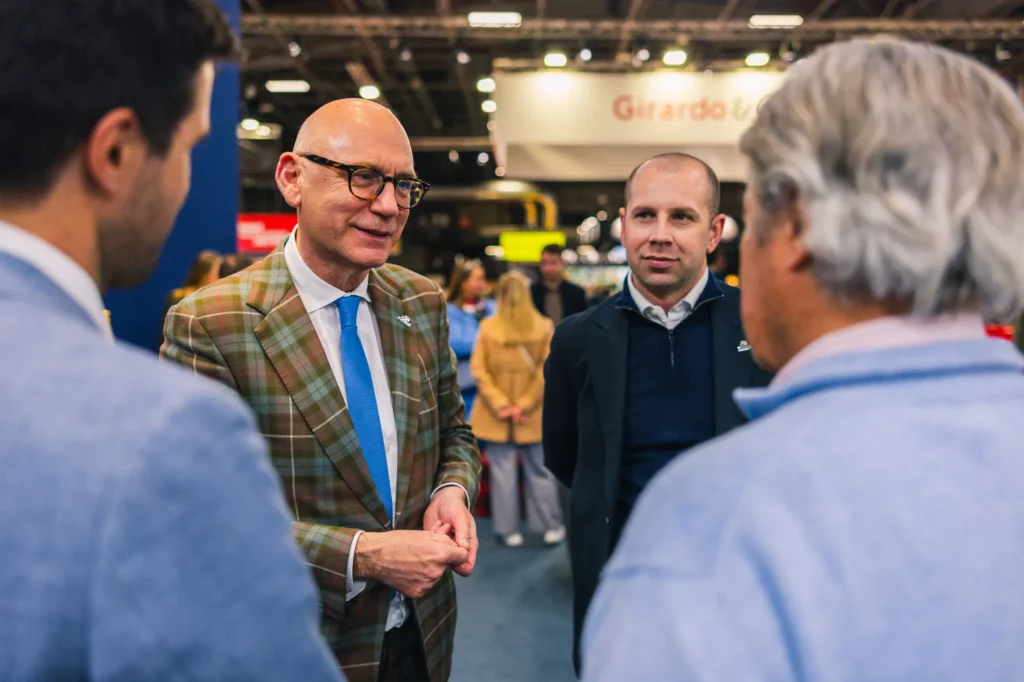
“But I always wanted to be a salesman when I was younger,” he confesses. “I just enjoy talking to people, not just about cars but about life as well. The most interesting thing about what we do is getting to know so many different people from so many backgrounds, all with a shared passion.”
Christoff’s sociable, inquisitive nature has paid off for Fiskens, which must navigate an ever-changing collector car market. As partner, he is focusing on the future of the business, with an eye on younger clients and the evolving landscape of collectable cars.
“Gregor and I are putting a lot of focus on the next generation,” he explains. “And that works in two ways. There are younger collectors entering the market, but also a shift in the cars they’re drawn to. You often have to ask yourself: ‘What is a collector car?’ We’re never going to be a dealership for brand-new vehicles, but there’s definitely more interest in modern classics.”
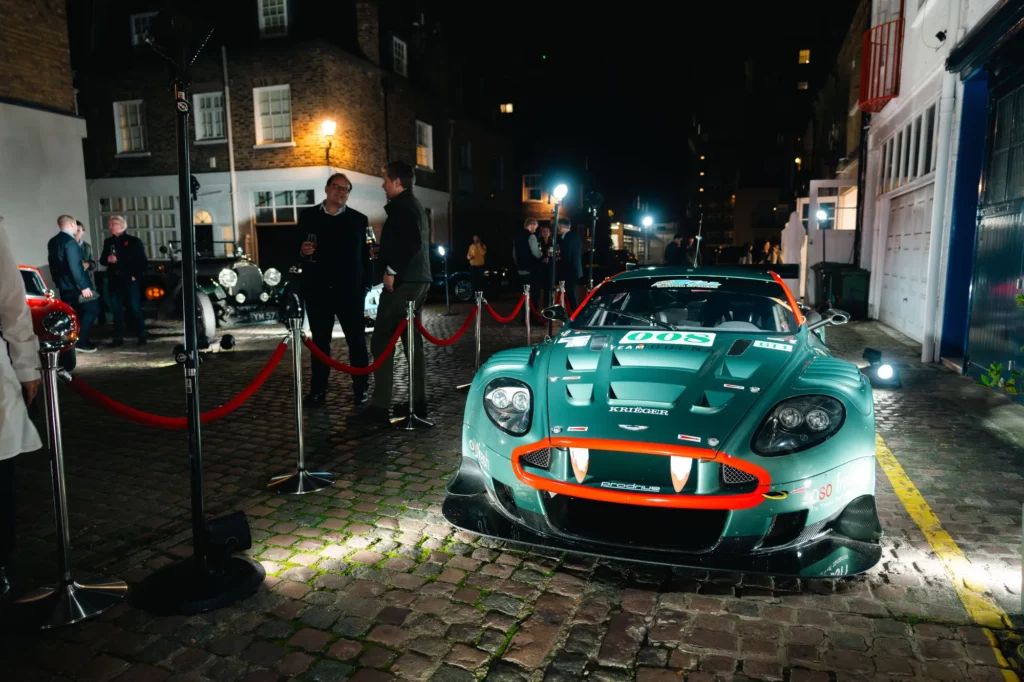
That shift is already taking shape, particularly in the US. “I was recently in Florida for this year’s ModaMiami event,” Christoff continues. “It was incredible to see how much passion there is for cars such as the Lamborghini Diablo and Murciélago. These are what I’d call modern cars, yet demand for them is huge. It’s fascinating that the Murciélago is now firmly regarded as a collector’s car.”
While modern classics are on the rise in the US, the trend hasn’t yet fully taken hold in Europe. The UK and European collector car markets have both been more turbulent in recent years, and demand remains distinct between regions.
“I think these trends are happening more quickly in the US,” Christoff notes. “But the UK and Europe usually follow. What happens in America for certain cars often plays out in these markets, just with a slight lag.”

Nonetheless, regional differences in collector car values remain. “In America, you’ll get exceptional prices for something such as a Duesenberg Model J – far more than you would in Europe or the UK. But at the same time, a 289 or 260 Shelby Cobra is far more valuable in the UK because of Goodwood. The London to Brighton Veteran Car Run also drives up values for pre-1907 cars here.”
At the other end of the scale, pre-war values are softening, largely due to shifting buyer demographics.
“Pre-war cars have taken a hit, and I think that’s down to demographic changes. It’s very interesting to go through Adolfo Orsi’s Yearbook, which details the cars that achieved the highest prices at auction. If you go back 15 or 20 years, it was things such as the Corgi Rolls-Royce and the Silver Ghost that were the big hitters, whereas today it’s something like the Ferrari F50 or McLaren F1.”
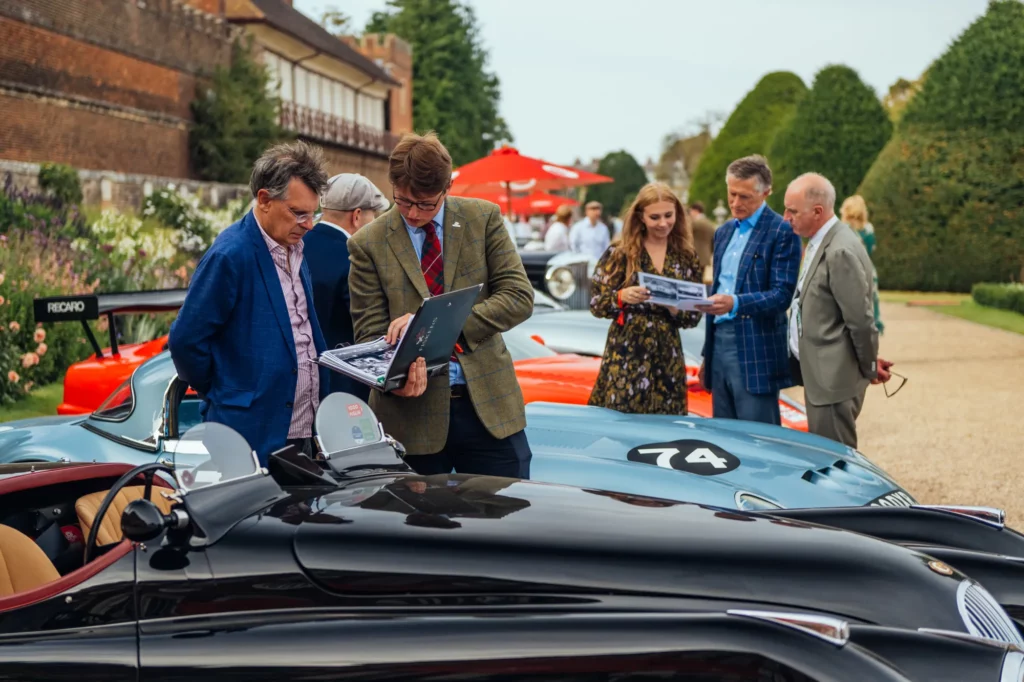
In other words, while the market has softened for one generation of vehicles, it remains bullish for another. “The cars that have softened in value are mainly from the pre-war era, while modern classics, supercars and hypercars have increased in value,” Christoff confirms. “But a lot of it is down to the economy and interest rates as well. We’re very much in a buyer’s market at the moment.”
With the market so turbulent, Christoff offers some sage advice to would-be collectors: “I would say two things. The first is something Gregor says that is completely true: ‘The first investment should be pleasure.’ Secondly, people should always get a second opinion from a marque expert, and get the vehicle they’re looking to buy properly inspected, especially when they’re entering the market because they’re passionate about a car. If you view a car twice, you will often find things you missed the first time because everything is so exciting. I think that’s very important.”
As the market continues to evolve over the next few years – amid ongoing political, economic and environmental uncertainty – one constant remains: the need for expertise. Whether advising seasoned buyers or those new to car collecting, Fiskens’ and Christoff’s approach provide both passion and deep knowledge of collector cars and the industry in general. After all, as Christoff and Gregor both emphasise, a car should be a source of joy first and an investment second.
For more information and to view Fiskens’ inventory, click here.
